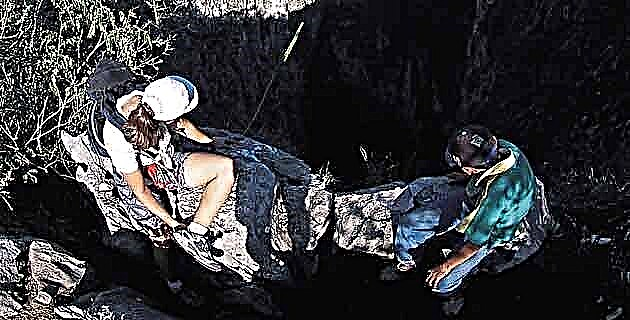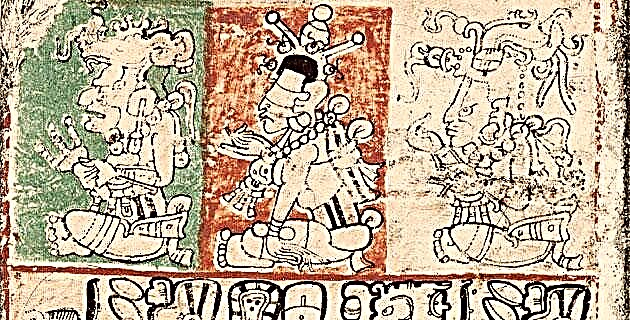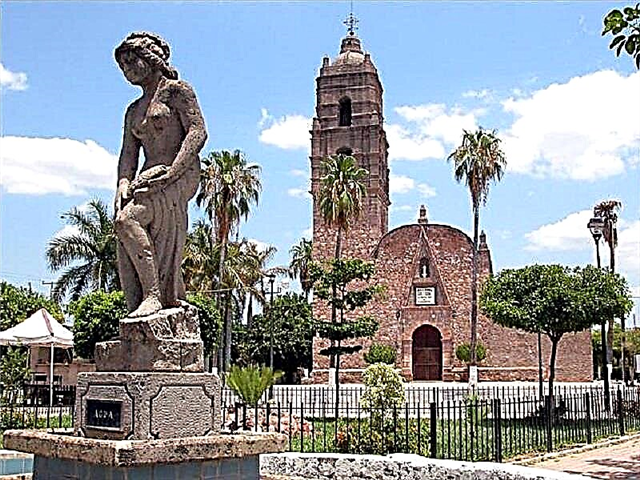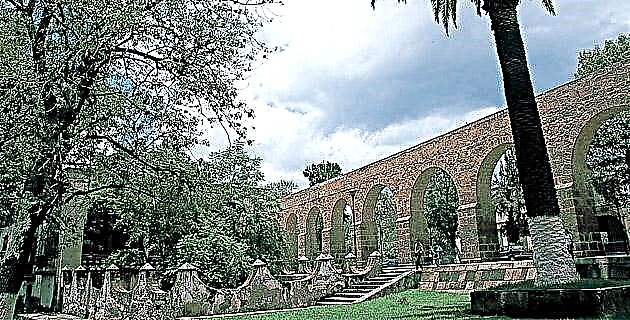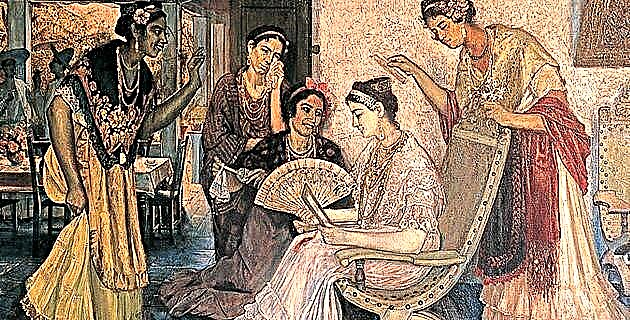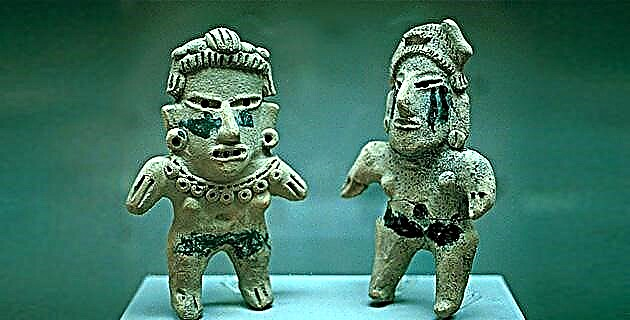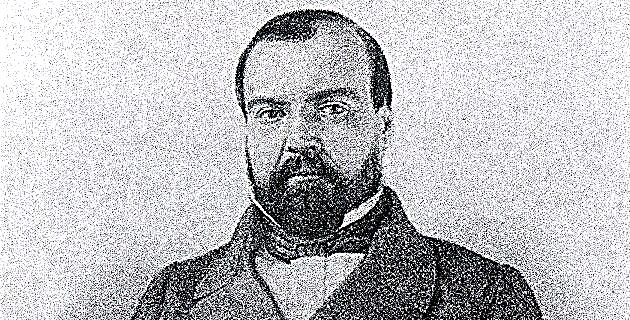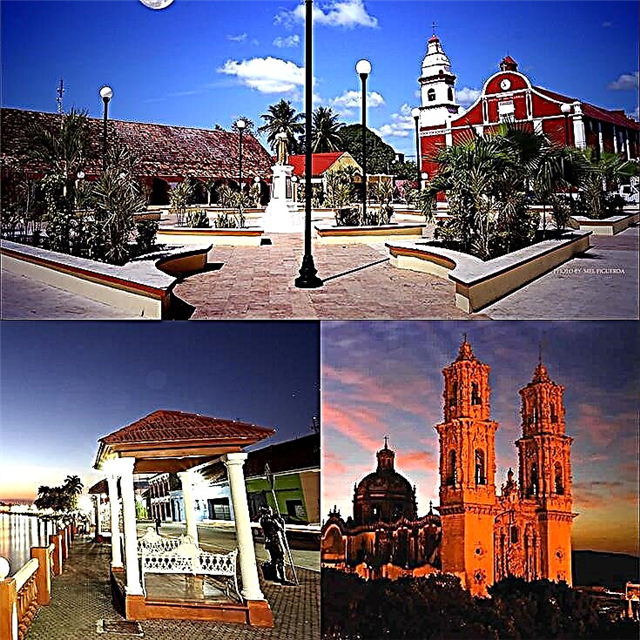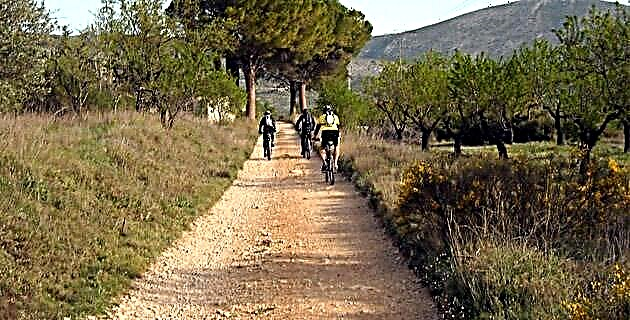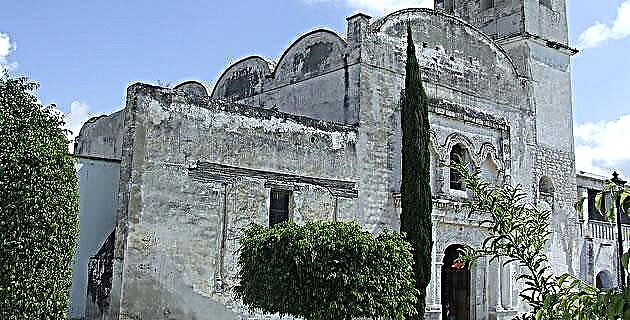
The isolation suffered by some communities in Mexico, as well as the ignorance of their cultural assets, has contributed to their gradual deterioration and, in some cases, their total abandonment and destruction.
Huatlatlauca has suffered that fate; However, it still preserves important historical, architectural, iconographic and cultural testimonies, as well as myths, festivals, oral and artisan traditions that date from pre-Hispanic times, and have lasted to this day, but which have remained ignored due to their relegation. In Huatlatlauca, a small town located in a hot and dry region where lime is abundant, time does not seem to pass. Only children, women and the elderly are seen there, as men periodically emigrate in search of work.
Huatlatlauca is located at the eastern end of the Atlixco Valley, in the so-called Poblana Plateau, at the foot of the Tentzo mountain range, a small mountain range of rugged, limestone and arid hills that form a depression whose bottom serves as a channel for the Atoyac River. The population is located on the banks of the river.
Huatlatlauca's current appearance is not substantially different from what it may have presented at the height of the colonial period. Given the isolation of the community, the social and cultural practices of the pre-Hispanic tradition continue to be deeply rooted. Half of the population speaks Spanish and the other half "Mexican" (Nahuatl). Likewise, in some important festivals the mass is still celebrated in Nahuatl.
One of the most important festivals in Huatlatlauca is the one celebrated on January 6, the day of the Holy Magi. Six mayordomos, one for each neighborhood, are in charge of bringing the flowers to the temple each day and feeding the entire crowd, for which a bull is sacrificed daily. These days the town is filled with joy and music; there is jaripeo, dance of Moors and Christians, and "The descent of the angel" is performed, a popular play that has been staged for several centuries in the atrium of the temple of Santa María de los Reyes. The main activity of Huatlatlauca since pre-Hispanic times is the production of palm items.
On Sundays, and in accordance with the ancient Mesoamerican custom, the tianguis is placed in the main square of the town, where products from neighboring places are traded.
"Huatlatlauca in the Indian language means red eagle", and in the Mendocino Codex its glyph is represented with the head of a man with a shaved skull and painted red.
Finding itself in a strategic region, in what are now the Valleys of Puebla and Tlaxcala, Huatlatlauca played a very important role, both during its pre-Hispanic and colonial history, since it first paid tribute to the Lords of Mexico and later to the Crown. from Spain. Its oldest settlers were groups of Olmec-Xicalan descent, later expelled from these lands by groups of Chichimecas that broke into them towards the 12th century of our era. Later, due to the absence of a hegemonic power in the region, Huatlatlauca appears already as an ally of Cuauhtinchan, already as an ally of Totomihuacan, or subject to the Señorío de Tepeaca. It is only until the last third of the 15th century when the invasion and the Mexica rule in the Puebla valley and plateau definitively place Huatlatlauca under the rule of the Lords of Mexico-Tenochtitlán. In the New Spain Papers it is mentioned that “they belonged to Moctezuma Señor de México, and his past gave him tribute white lime, large solid reeds and knives to put in the lances, and solid cane rodelas to fight, and wild cotton for jackets and corselets worn by men of war ...
The conqueror Hernán Cortés arrived in the region and entrusted Huatlatlauca to the conqueror Bernardino de Santa Clara, with the obligation to put in His Majesty's box the product of the tributes that consisted of clothing, mosquito nets, blankets, corn, wheat and beans . On the death of the encomendero in 1537, the town passed to the Crown of which it would be a tributary together with Teciutlán and Atempa, belonging to the current Municipality of Izúcar de Matamoros. Since 1536, Huatlatlauca had its own magistrate and between 1743 and 1770 it was annexed to the mayor's office of Tepexi de la Seda, today Rodríguez, a district on which it currently depends.
Regarding its evangelization, we know that the first friars to arrive in the area were the Franciscans and that, between 1566 and 1569, they left the place, handing it over to the Augustinian friars, who apparently completed the construction of the convent and resided on the site until the 18th century, leaving us one of the most significant examples of wood paneling and polychrome mural painting.
Of what must have been the pre-Hispanic settlement, located to the south of the convent, there remains a minimum part of the floors, a fragment of wall built with white lime, sand and pieces of ceramic objects with characteristics of the Mixteca and Cholula.
We also find some examples of colonial civil architecture, such as a very well preserved bridge and a 16th century house, the first built by the Spanish and which probably housed the first friars, which has pre-Hispanic motifs carved on the lintel and jambs. of its interior facade, as well as a very large bread oven. Huatlatlauca houses are simple, they have gabled grass roofs, with white stone walls from the region. Most still retain their ovens, themescals and coscomates (kind of silos in which they still keep the corn), which allows us to imagine with a relative approximation what their pre-Hispanic past was. In recent years, modern buildings and satellite dishes have severely modified the landscape, causing it to lose much of the original vernacular architecture. The urban layout is dispersed and maintains a territorial distribution of neighborhoods. In each of them there is a chapel. These were probably built at the beginning of the 17th century, such as those of San Pedro and San Pablo, San José -which still conserves a small altarpiece-, San Francisco, La Candelaria and San Nicolás de Tolentino, which is located in the second Huatlatlauca section. In all of them there is a small master always oriented towards the west, like the convent. They are in charge of their respective butlers who take care of them with love, attachment and respect.
In the sixties, the conventual complex of Santa María de los Reyes, Huatlatlauca, was discovered by researchers from the lNAH, carrying out the first conservation and restoration works, which consisted of the removal of a lime coating on the murals, which had been applied to them at some previous time and which completely covered the almost 400 m2 of mural painting, both in the lower and upper cloisters. Conservation work was also carried out on the roofs of the building, through which a lot of humidity leaked.
The whole of the convent of Santa María de los Reyes has a rectangular atrium that has two entrances and a mixed wall. At one of its ends, to the south, there is a sundial made of stone.
Topping off the atrium stands the church, in a Plateresque style. It is built with a single nave roofed with a barrel vault, with three side chapels and a semicircular presbytery. The Franciscan friars left in that temple, recently remodeled, one of the best examples of 16th century wooden coffered ceiling that are still preserved in our country, and that, both in the nave and in the undercoat, has a decoration with allusive themes to Franciscan iconography, which are repeated every certain section and are made up of rectangular panels carved in ahuehuete wood. Some, like those of the sotocoro, have applications in silver and gold.
On the left side there is a construction of what was apparently an open chapel, later bricked up, and which currently houses a part of the Parish Archive. To the right is the gate that gives access to the cloister of the convent and in the central part there is a circular cistern. In addition to the original cells, other rooms have also been added, built a few years ago and oriented towards what was once the convent garden. On the two levels of the cloister, of small dimensions, polychrome mural paintings of great plastic quality and iconographic richness are preserved, in which the imprints of different hands and styles can be observed.
In the lower cloister there are a series of saints that mostly belong to the order of San Agustín: Santa Mónica, San Nicolás de Tolentino, San Guillermo, as well as other martyrs that only appear in the iconography of this convent: San Rústico, San Rodato, San Columbano, San Bonifacio and San Severo. There are also scenes of the Flagellation, the Crucifixion and the Resurrection of Christ, interspersed in the corners of the cloister walls. Above all these, there is a frieze with saints and apostles enclosed in shields, unfortunately very faded in some parts. Between shield and shield we find ornamentation of plants, birds, animals and angels that repeat themselves rhythmically and are loaded with meaning and symbolism. In the upper cloister, most of the painting is in a poor state of conservation and some very lost; here too, at the corners of each wall, important religious scenes such as The Last Judgment, the Flagellation, the Garden Prayer, the Resurrection and the Crucifixion, the Thebaid, the Road to Calvary and the Ecce Homo are represented.
The most extraordinary thing about the convent consists precisely in the exceptional repertoire of biblical images that are represented in these murals. It is something out of the ordinary in the Augustinian convents of the 16th century.
Huatlatlauca has also been a forgotten place, but its natural, historical, cultural and artistic riches could be lost even more, not only due to the deterioration caused by time and the environment, but also due to the negligence of locals and visitors who in very diverse ways They cause the gradual disappearance of these manifestations of our past. This can create an irreversible void in our colonial history that we would never regret enough. It is urgent to reverse this process.
Source: Mexico in Time No. 19 July / August 1997

